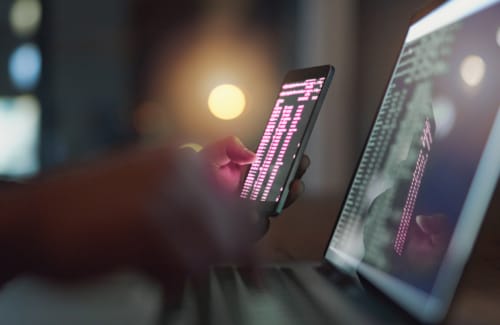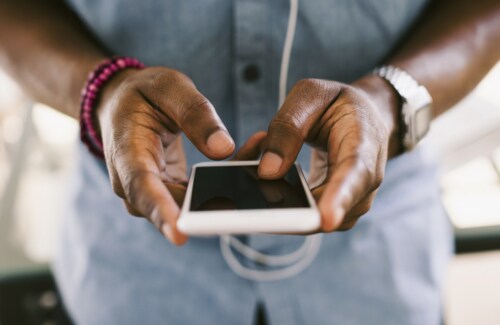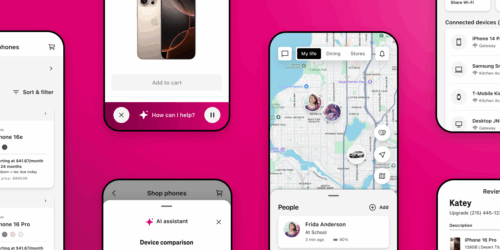Protecting your wireless data is more important than ever — here’s how you can take a proactive approach today
With 81% of Americans now owning a smartphone, there are many, many millions of us carrying around more and more precious cargo. Thankfully, some simple protections are well within our control. Before your data falls into devious hands, there are a few steps you can take to safeguard your goods.
Lock It Up
A screen lock is the best way to protect your data if you lose your phone. It might feel like an inconvenience to enter a passcode every time you use your device (especially when people look at their device an average of 52 times a day), but it’s far better than having to deal with the consequences of getting hacked. All smartphones offer an option to set up a passcode, whether that be with numbers, letters, a pattern or even your lovely face.
Back It Up
Make sure to back up your mobile regularly, so you don’t lose your important data and photos, even if you lose your device.
If you do end up losing your smartphone, there are a few things you can do. First, try and locate your device using either Find My iPhone for Apple devices or Find my Device for Android devices. These services will help you pinpoint the current or last known location of your device and will play a sound so you have a better chance of finding it. (Basically a game of Marco Polo with your phone.)
If you can’t locate your device, these same two apps will allow you to remotely erase all the data on it and restore it to factory settings. You’ll thank yourself for that last backup.
Stay Up to Date
Always update your device’s software when a new version is released. Most of the time these updates include software patches that boost security. Hackers are always looking for new software loopholes, so staying current with the latest software updates is one of the best ways to keep your data safe.
Manage for Success
Nowadays, you can access just about everything from your smartphone — bank accounts, social media accounts, accounts you may have with certain retailers, and more. You’ve probably heard that it’s a bad idea to reuse the same password over and over again, but it can be difficult to remember all of them.
A password manager can be a great way to protect yourself, as it will help you create and store strong passwords. And many password managers can automatically fill in your login credentials and/or sync across all your devices, giving you quick and easy access no matter where you are or what device you’re using. If you’re interested in using a password manager, iMore has a list of the best apps for Apple devices, and ComputerWorld has a list of the best Android apps.
Before Going Public…
Using public Wi-Fi and leaving Bluetooth on is relatively low-risk, but it could potentially leave you open to hackers trying to access or control your device. Make sure you turn off your Wi-Fi and Bluetooth when you’re not using those connections. And, set your device up so that it doesn’t automatically search for Wi-Fi and is “non-discoverable” to other Bluetooth devices. If you do want to access a public Wi-Fi network, use common sense. If you’re not 100 percent certain it’s safe, it’s probably not worth the risk.
Take Heed
Use your best judgement when browsing the internet and downloading apps to minimize the risk of inadvertently introducing your device to malware. If your phone tells you that a website could be dangerous, listen to it and stay away. Similarly, only purchase and download apps from legitimate app stores. It only takes one bad app to spoil the bunch.
For even more advice on how to protect your mobile, check out “How T-Mobile Helps Customers Fight Account Takeover Fraud”





